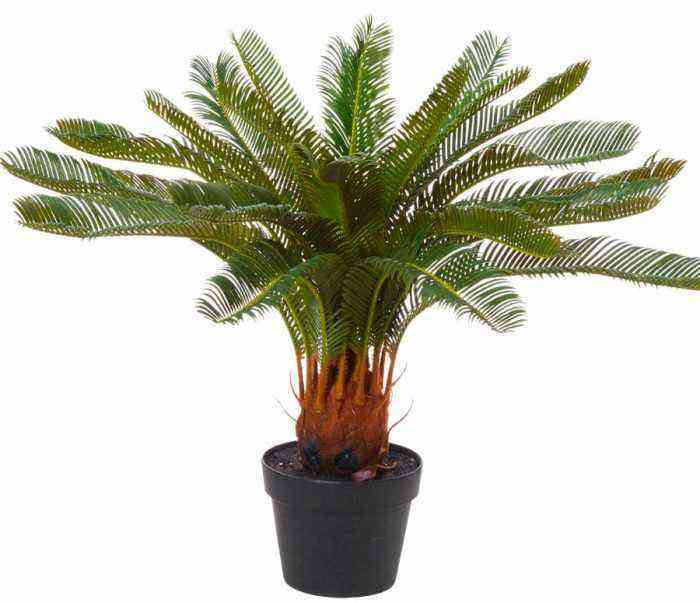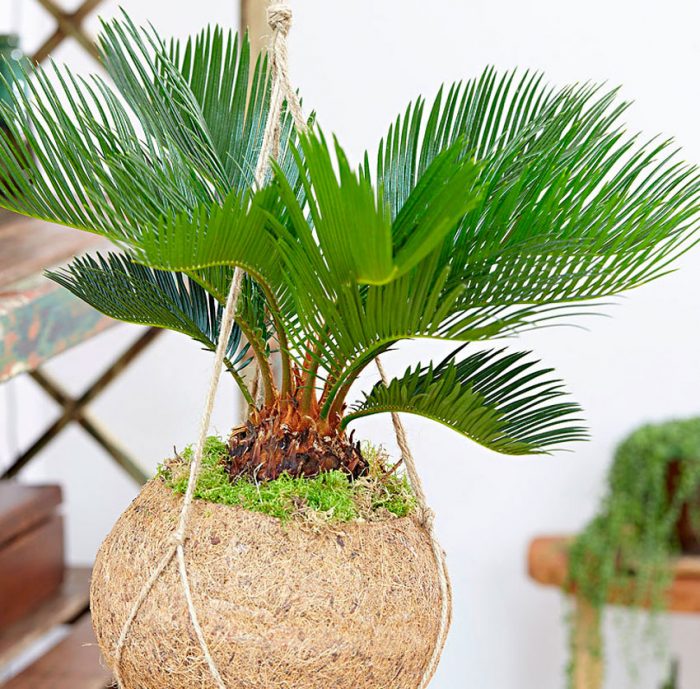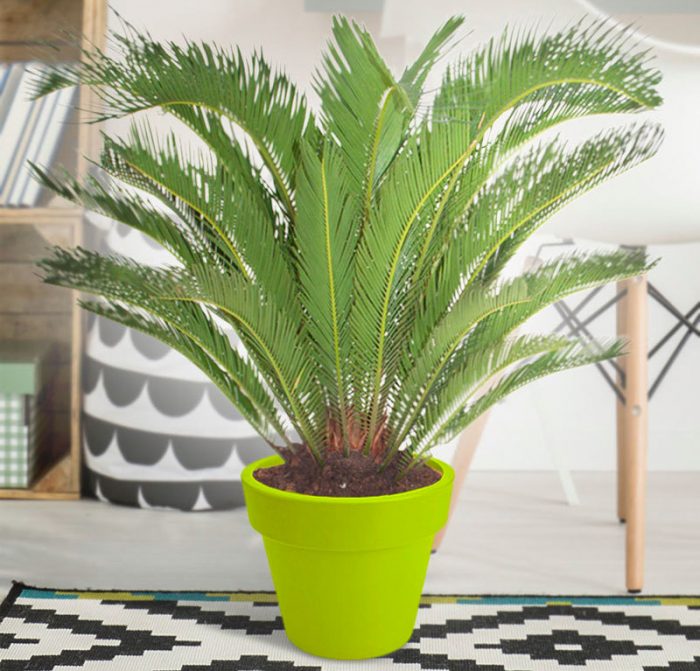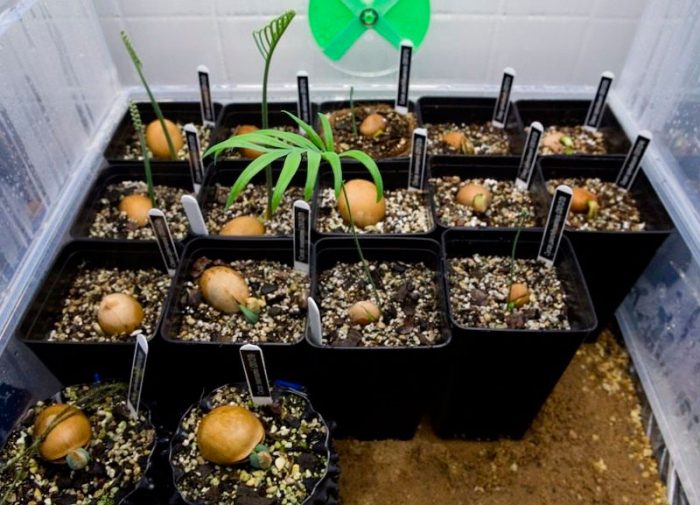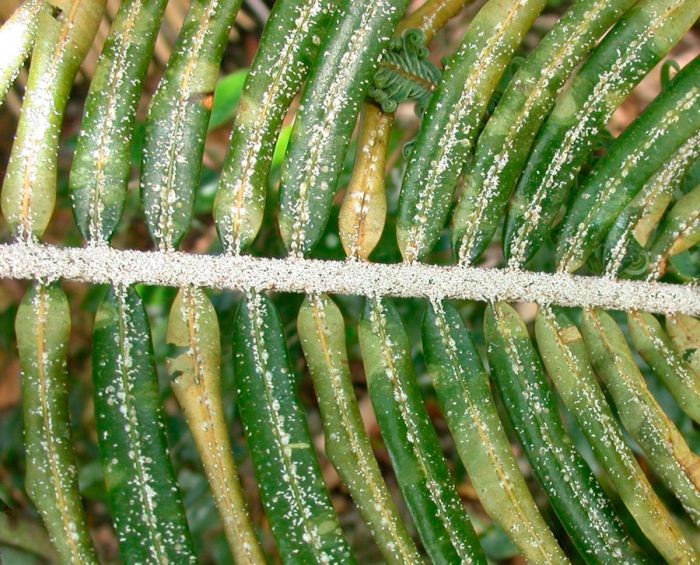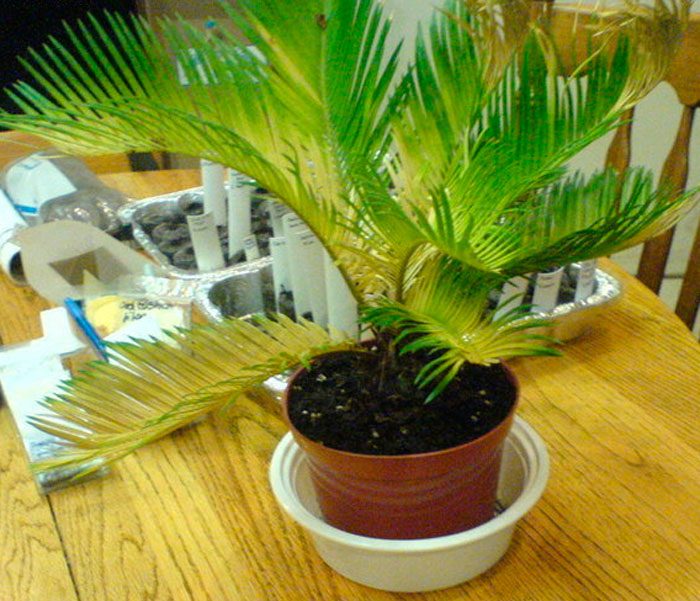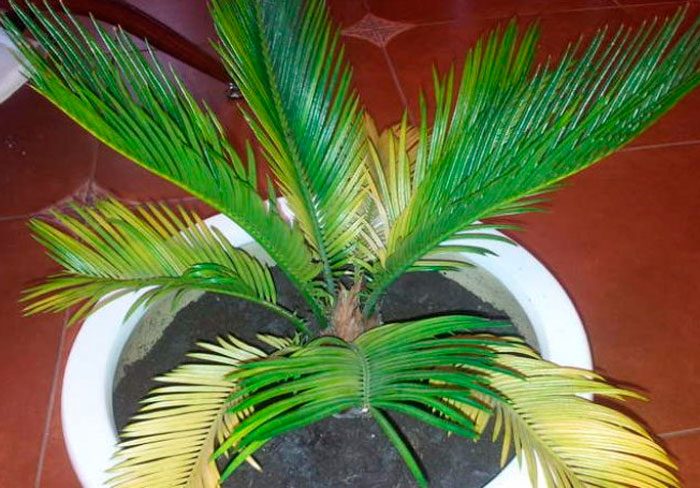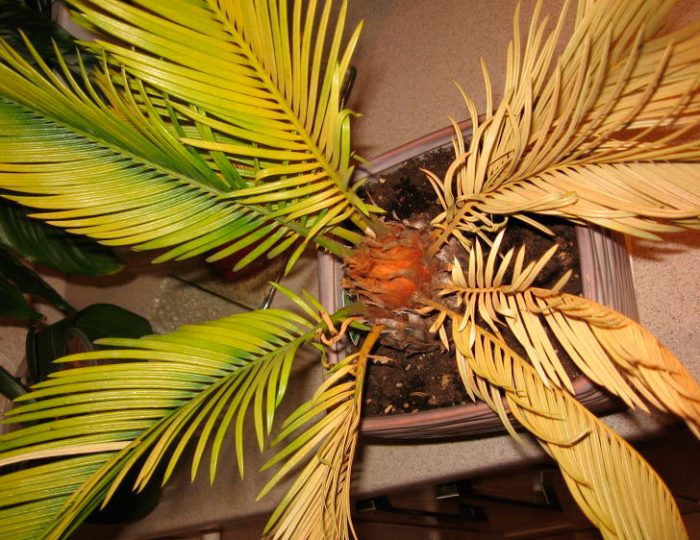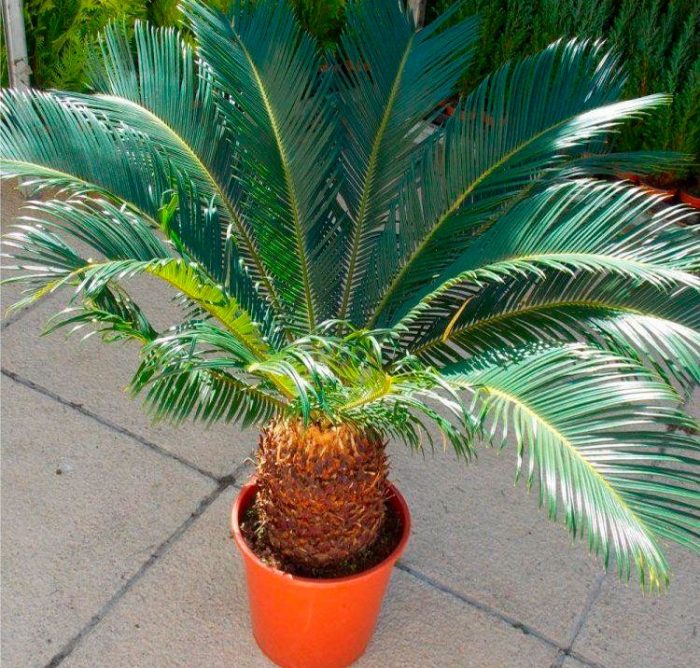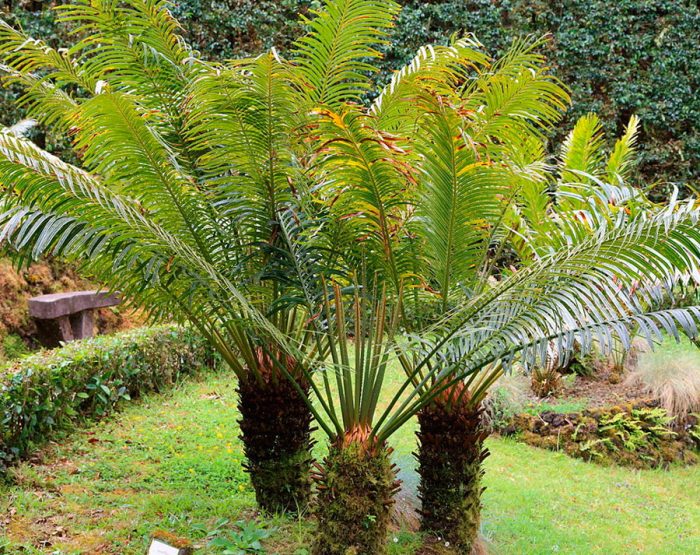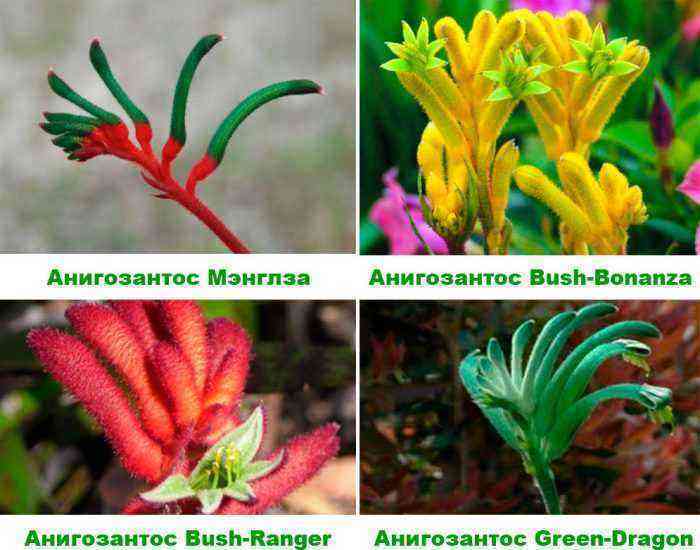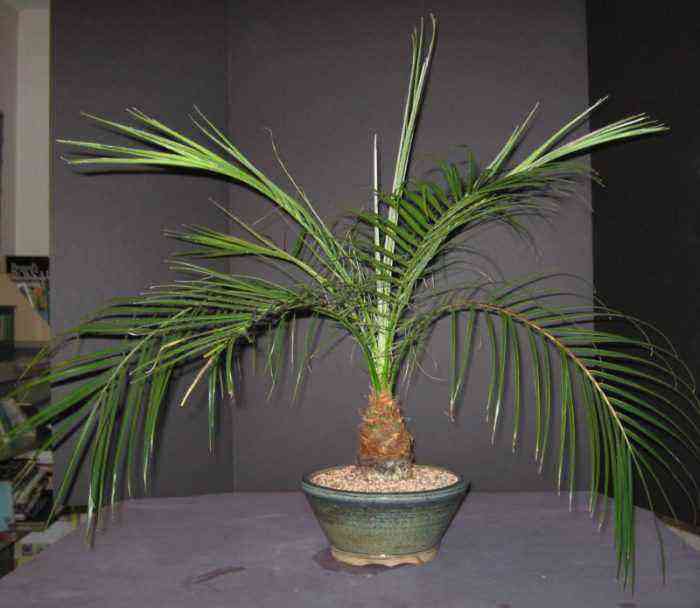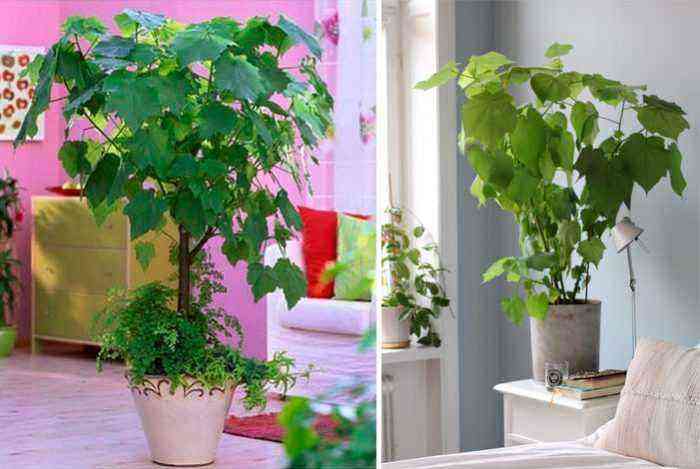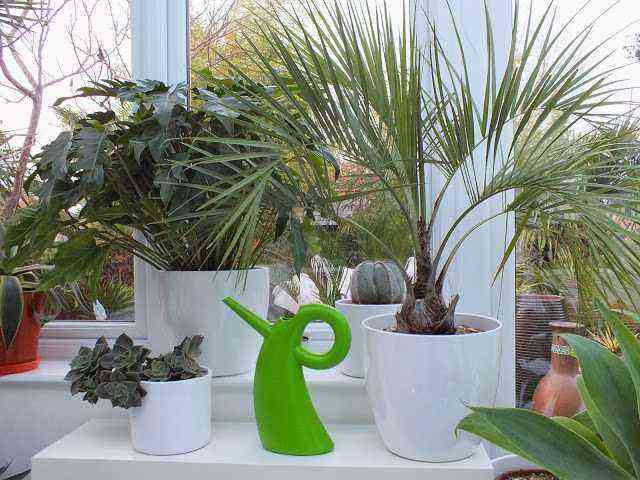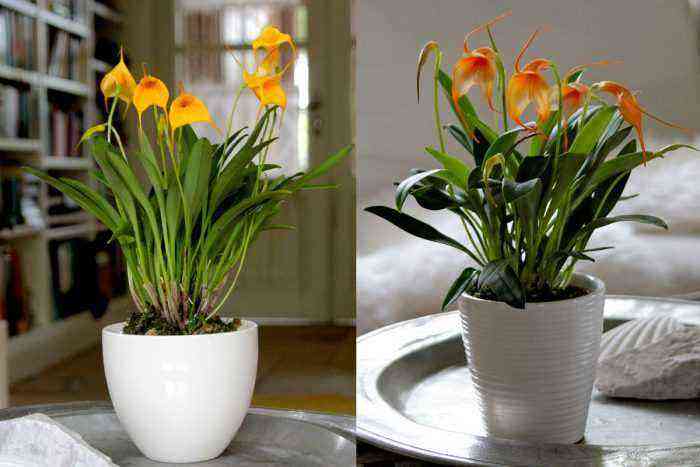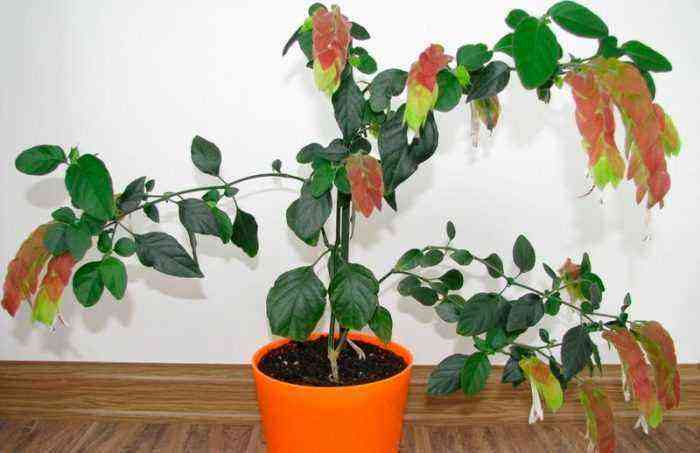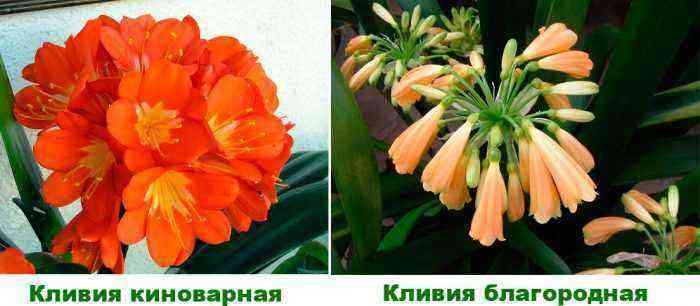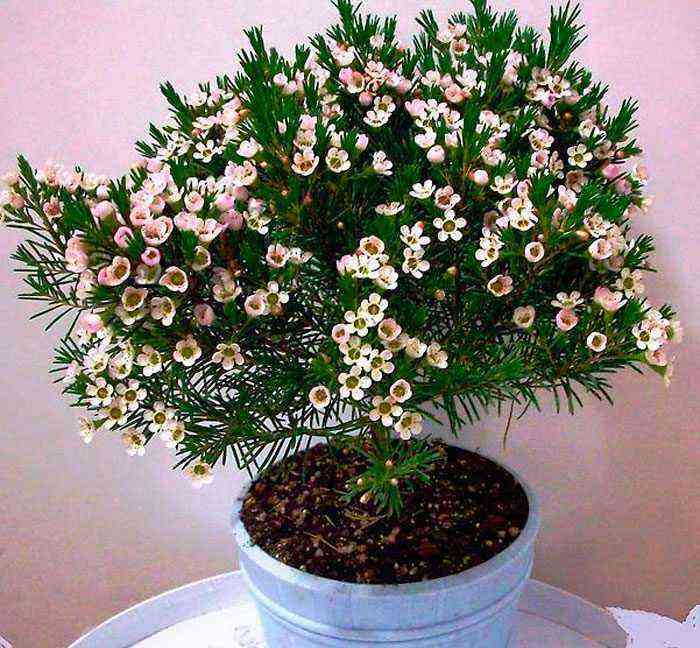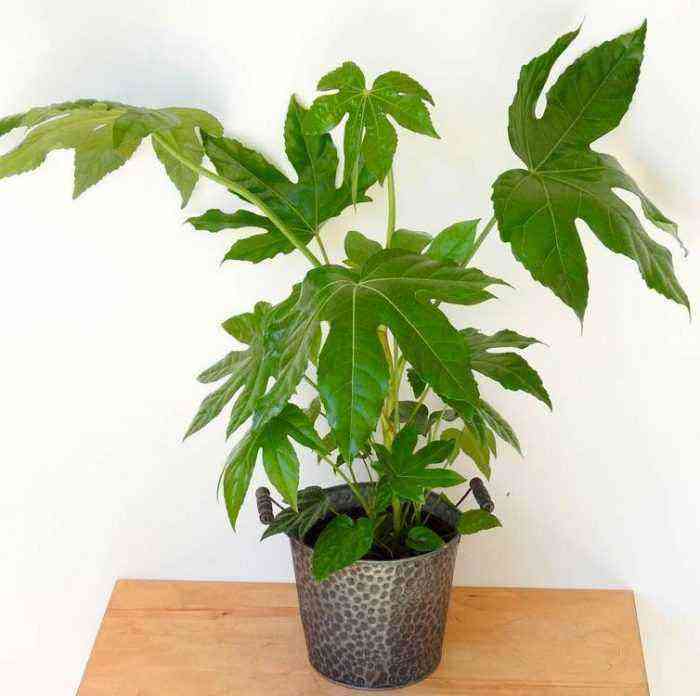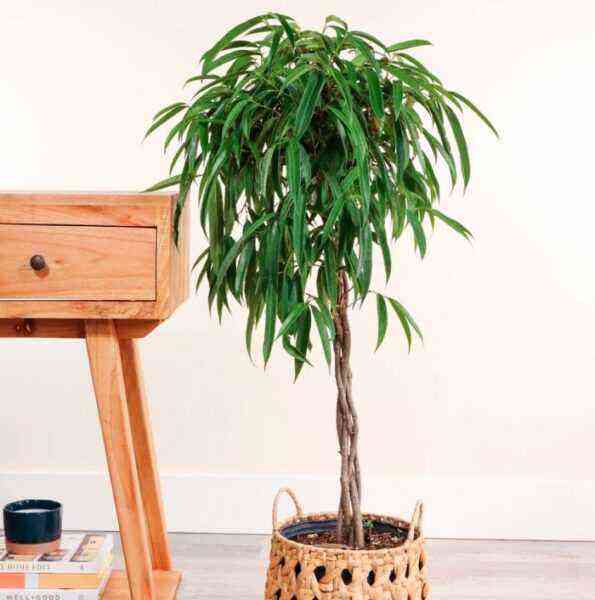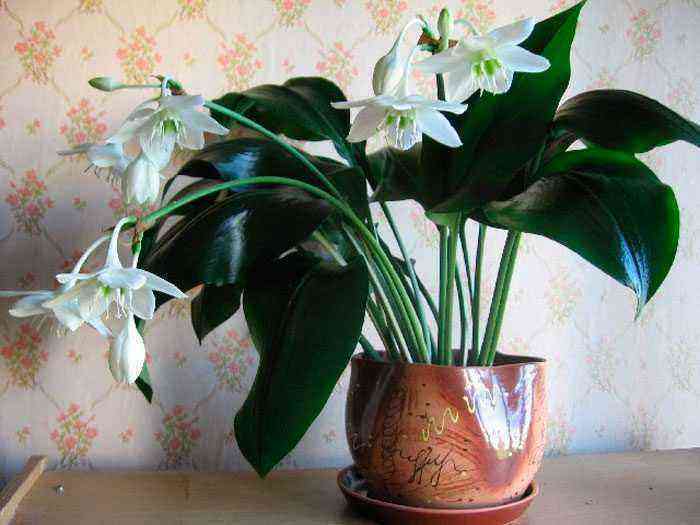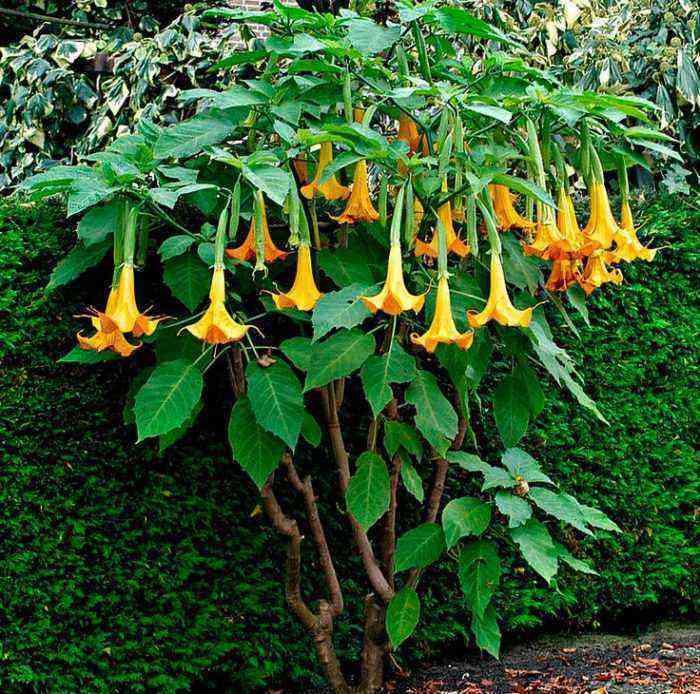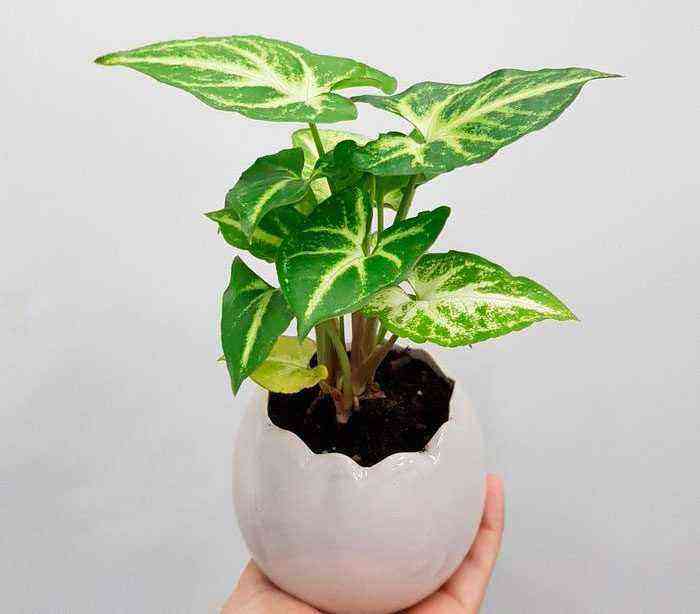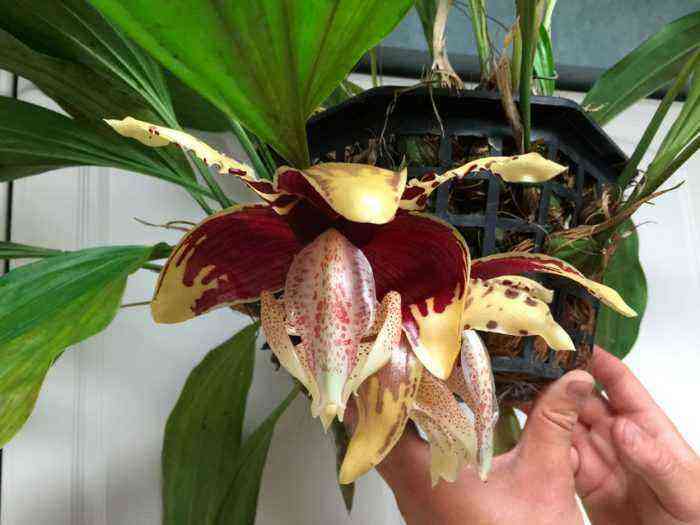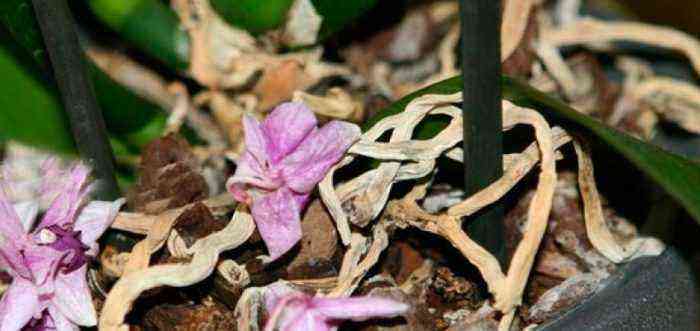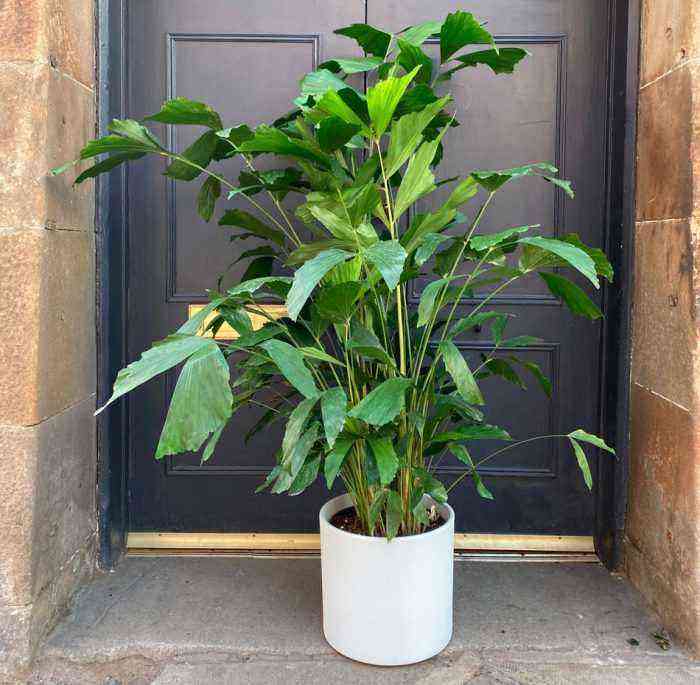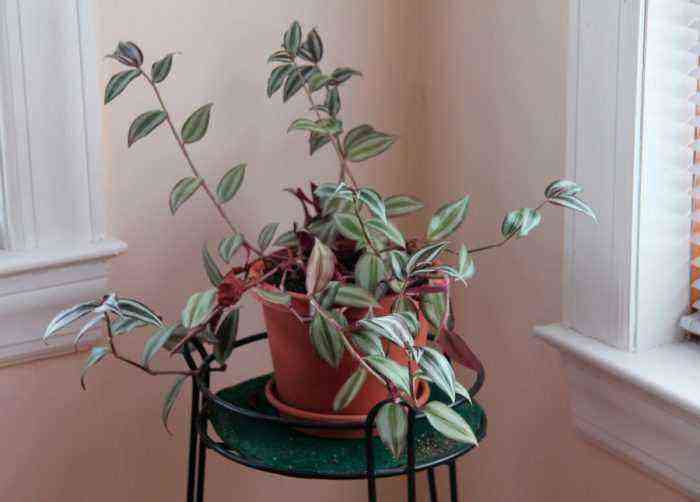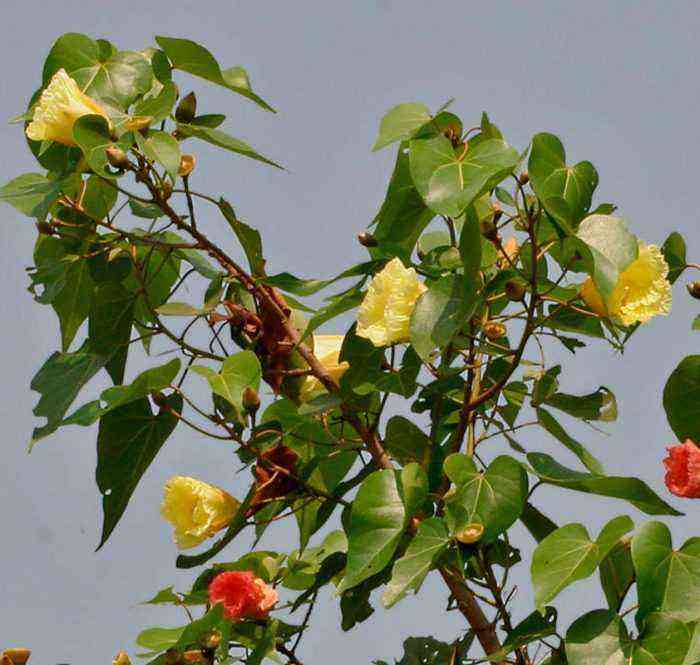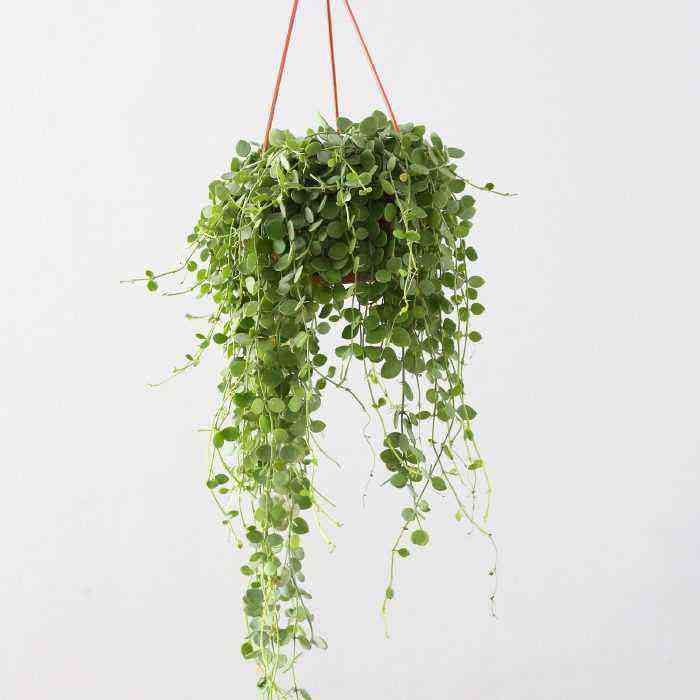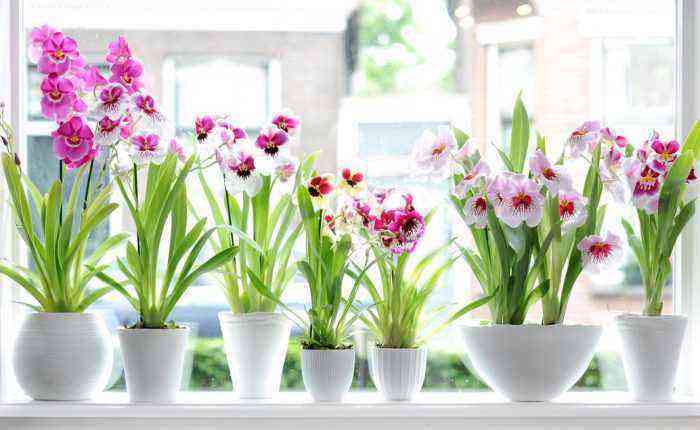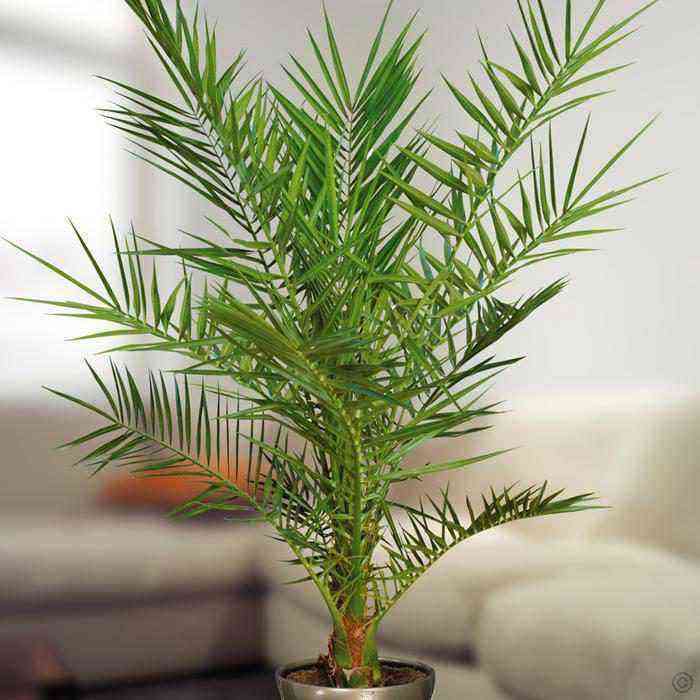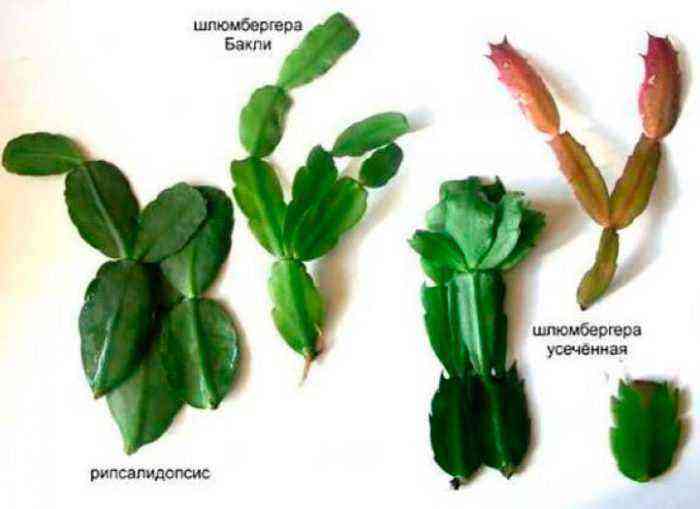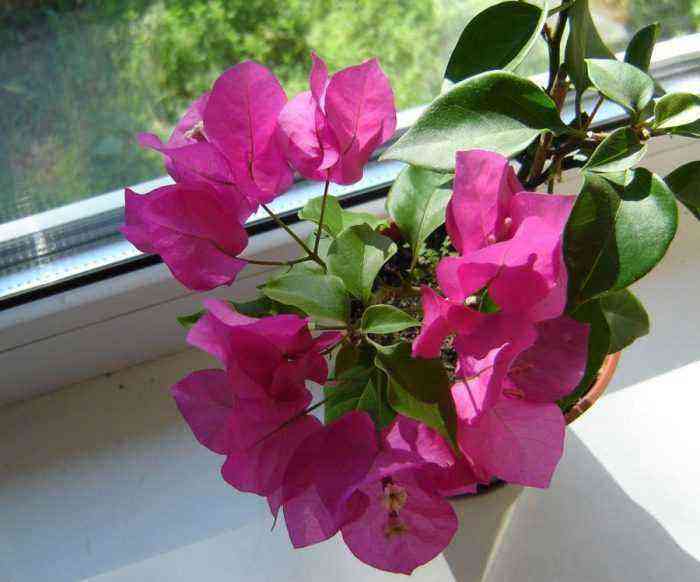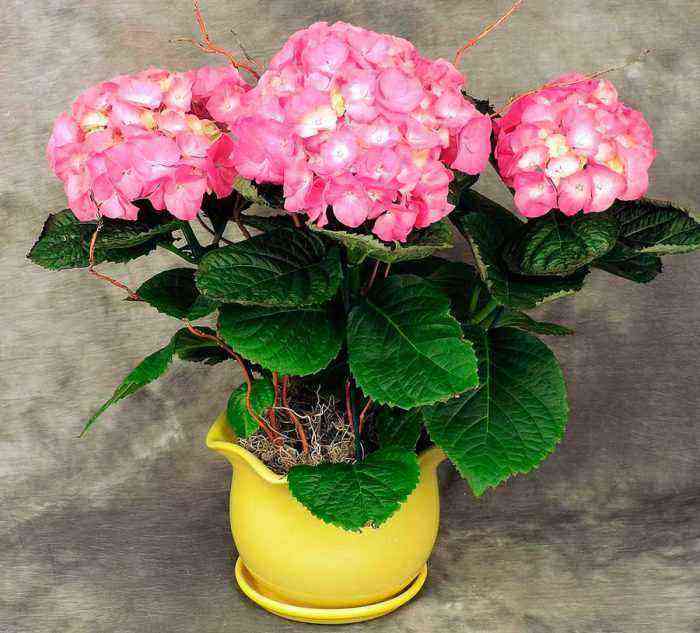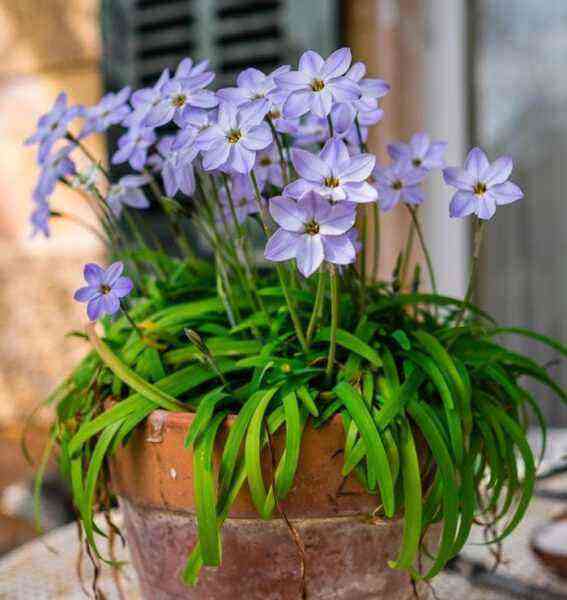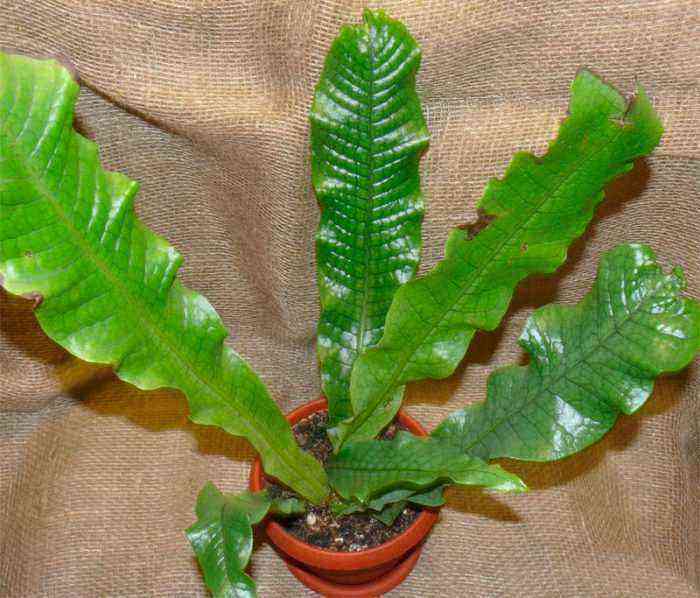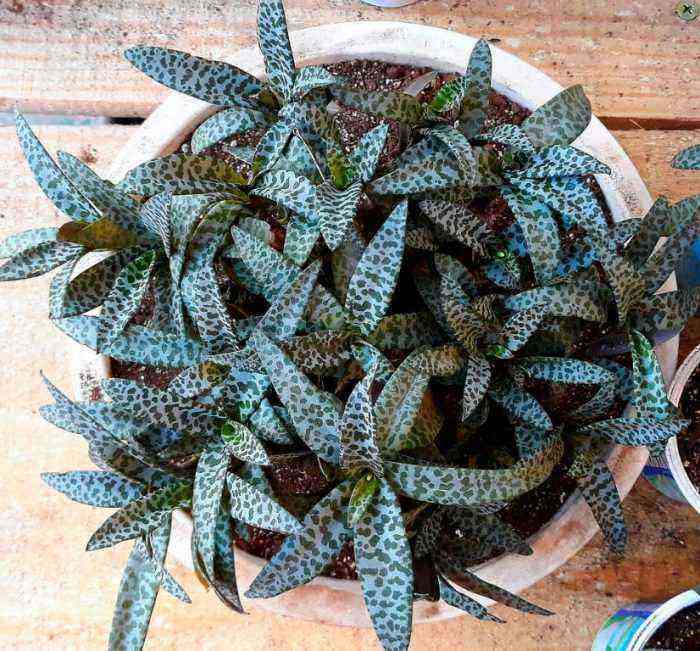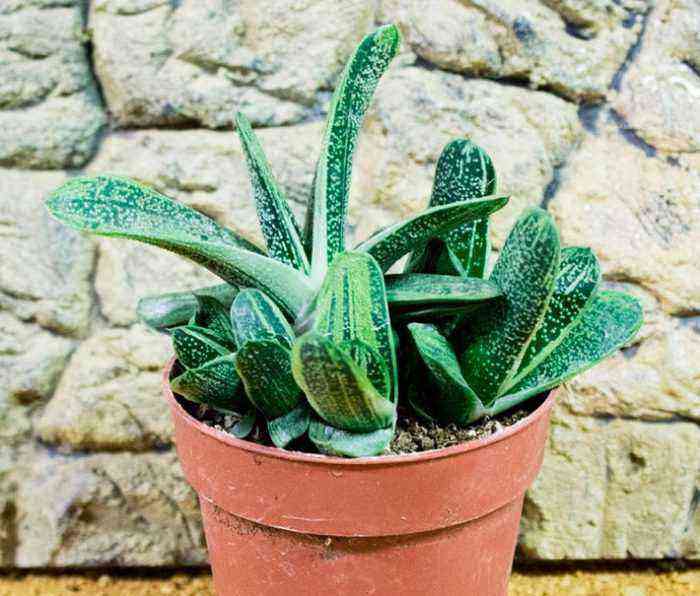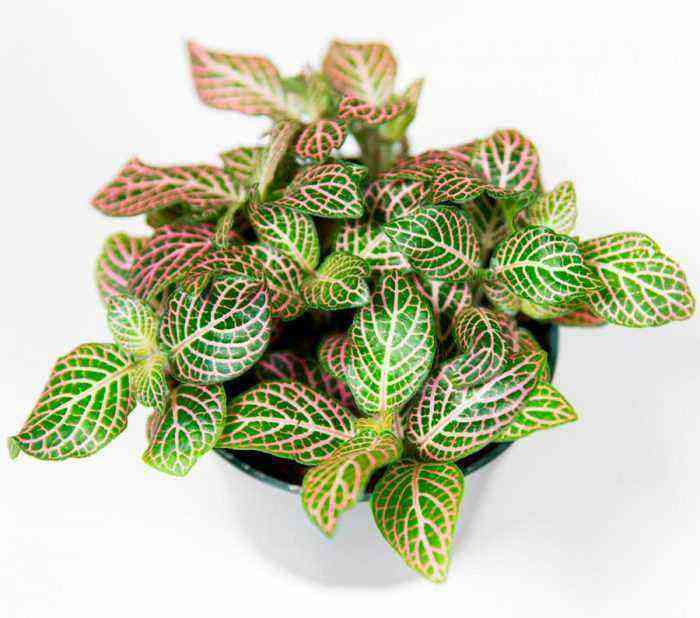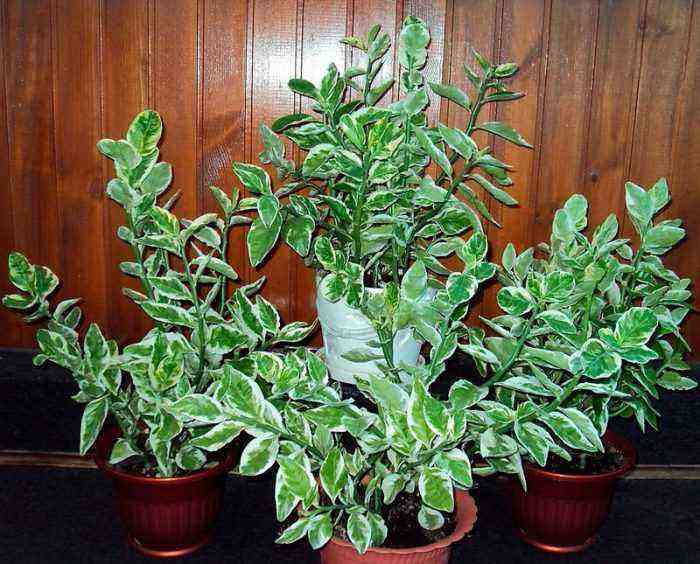The Cycas plant, also called the sago palm, or cycad, is related to the only genus of gymnosperms in the Cycad family. According to information taken from various sources, this genus unites from 90 to 200 different species. In nature, such a culture can be found in Asia (from Japan to India), on such Pacific islands as Samoa, Fiji, Mariana, and also in Madagascar. In the sediments of the earth’s crust of the Mesozoic period, remains of cicas were found. Despite the fact that most of the representatives of the Cycadaceae family have long been impossible to meet in nature, cycas are quite widespread only due to the fact that they are unpretentious. Today, such a palm tree is in great demand among flower growers, despite the fact that it is quite expensive.
Brief description of cultivation
- Flowering… Tsikas is cultivated as an ornamental leafy plant.
- Illumination… The bush needs diffused bright light or partial shade.
- Temperature conditions… During the growing season – room temperature, in winter – at least 15 degrees.
- Watering… In winter, it should be scarce, and in summer, moderate.
- Air humidity… High – 70 to 80 percent. Experts advise often enough to moisten the foliage from the sprayer, and its surface should be wiped with a damp soft cloth, and the trunk should be regularly wrapped with moistened sphagnum moss.
- Fertilizer… Such a fern is fed during intensive growth once every 1 weeks, for this organic matter is used, which does not include magnesium and potassium, for example, a solution of horse manure or mullein is well suited. It is not recommended to use mineral fertilizers for feeding.
- The rest period… It is relative, begins in late autumn and ends in the first spring weeks.
- Transfer… Young bushes are transplanted 1 time in 2 or 3 years. It is not recommended to replant adult ferns, however, the top layer of the substrate must be replaced every year in the pot. To do this, remove the top layer of soil mixture with a thickness of about 50 mm, and then pour fresh substrate into the pot.
- Reproduction… To do this, you can use the side suckers (if any). Only specialists can grow a cicasa from seeds.
- Harmful insects… Scabbards, aphids, mealybugs, spider mites.
- disease… Root rot, caudex rot, chlorosis.
Features of cicas
Outwardly, the cicas has many similarities with a palm tree, so, it is a tree, the height of which can vary from 2 to 15 m, while its trunk is quite thick. If a plant reaches a height of about 300 cm, then the thickness of its trunk in the girth, as a rule, is 100 cm. The surface of the trunk is “chained in a shell”, consisting of the remnants of leaf plates that have already died out. Double-pinnate or feathery foliage is similar to the leafy fern plates that grow from the top of the trunk. The life span of such a plant most often exceeds 100 years. Under indoor conditions, Tsikas has a height of 0,5–0,8 m, while within 1 year its growth gain is no more than 30 mm, and it also produces only 1 row of leaf plates. Young leaf plates of a rich green color, soft and slightly pubescent, after a while they darken, become naked, hard and shiny. When grown indoors, this plant is very similar not to a tree, but to a bush. Interestingly, most flower growers believe that cicas is a palm tree, because even its name comes from the ancient Greek word “kykas”, which translates as “palm”, but in fact this plant has nothing to do with palm trees. However, it is a relative of the fern. Since this plant is slow growing, it is often grown as a bonsai.
When grown indoors, such a culture rarely blooms. At the top of the trunk of a female plant, large orange seeds are formed in the cones, the length of which varies from 30 to 50 mm. But in order for the seeds to be viable, cicas should be grown in a greenhouse conditions, and the efforts of an experienced specialist will also be required.
Home care for cicasas
Lighting
Before you start growing cicas at home, you need to find the most suitable place. If you decide to buy an already adult plant, then you should remember that it will need quite a lot of space. Domestic cicassus is distinguished by its photophilousness, however, it should be borne in mind that if direct sunlight falls on the foliage, then the life of the leaf plates is shortened, and they also become less attractive. You can grow a bush in partial shade, but in this case, young leaves will grow very, very slowly.
Temperature conditions
Tsikas grows well at room temperature. However, in winter, coolness suits him best, but at the same time it is necessary to ensure that the temperature in the room is not less than 15 degrees.
Watering
In order for the plant to grow well and develop correctly, it needs to provide the correct watering regime. In summer, water it sparingly. And in winter, it will be necessary to reduce watering, while the volume of water poured out at a time under the bush directly depends on what is the air temperature in the room. So, the warmer the room, the more water will be needed for irrigation and the more often it should be done. The cicas are watered with settled soft water at room temperature (or 1–2 degrees warmer). Make sure that no liquid gets into the crown of the bush during watering.
Air humidity
Such a plant needs high air humidity (from 70 to 80 percent). To increase the level of air humidity, it is recommended to regularly moisten the foliage from a sprayer with well-settled water, wrap the trunk with moistened moss, and wipe the surface of the leaf plates with a damp soft cloth quite often.
Additional fertilizing
Tsikas must be fed systematically once every 1 weeks during its intensive growth; for this, organic matter is used, which does not include potassium and magnesium salts. Best of all, such a palm tree responds to feeding with a solution of horse manure or mullein. The bush should not be fed with mineral fertilizers.
Transfer
Young bushes need regular transplants, which are carried out 1 time in 2 or 3 years. Adult specimens are transplanted only if they are very cramped in the old pot. A suitable pot should be 20-30 mm in diameter more than the diameter of the bush’s trunk, while its depth should be 2-2,5 times the diameter of the trunk. For example, if a pot is suitable for planting, reaching 15 centimeters in diameter, then its depth should be from 30 to 35 centimeters.
The substrate should be slightly acidic or neutral and water permeable. So, the liquid must very quickly pass through the soil mixture and flow into the sump. In order for the substrate to pass water very quickly, it must include coarse perlite, pumice, coarse peat or very coarse sand. The approximate composition of a substrate suitable for growing such a culture: one part of the pine bark of a coarse fraction, coarsely crushed charcoal, coarse perlite, slag (or pumice), pebbles (or crushed stone) and coarse peat, and 1/10 of bone meal is also added … The substrate is thoroughly mixed and then sterilized. Even if you use a suitable substrate for planting, you still need to make a good drainage layer at the bottom of the pot.
The transplant can be carried out at any time of the year, when it will be necessary. However, the best time for such a procedure is spring time, before the intensive growth of the bush begins. It is not recommended to transplant the cicas during the formation of young leaf plates, since in this case the foliage can be easily injured. Before proceeding with the transplant, you need to cut off 1/3 of the foliage, while starting with the oldest ones. When replanting a bush, try not to injure its root system, since if the thick roots are damaged or deformed, then the risk that rot will appear on the plant increases.
Breeding cicas
Growing cicas from seed
In indoor conditions, it is very difficult to propagate cicas by the seed method. As a rule, this is done by experienced specialists in nurseries or greenhouses. The fact is that in indoor conditions such a palm tree blooms extremely rarely, and even if this happens, there will be no one to pollinate the flowers. If you have a good seed in your hands, then it must be placed in lukewarm water for 24 hours before sowing, after which the seeds are evenly distributed over the surface of the perlite and pressed a little into it. Place crops in a warm place (no lower than 25 degrees). The first seedlings should appear 2-3 months after sowing. After 1–2 months after the emergence of seedlings, one true leaf plate should be fully formed. When this happens, the plants are transplanted into individual containers in a soil mixture intended for adult bushes.
How to propagate by detachment
If the plant is kept in conditions unsuitable for it, then offspring appear on its trunk. Take a very sharp knife and cut off the offspring, while trying not to injure the trunk. Cut off all the foliage from the offspring, treat the cut with a solution of a fungicidal preparation, and then Kornevin. Then the offspring should be planted in very coarse sand or coarse perlite, after which they are watered. Be sure to process the cut site on the mother plant; for this, use carbon powder. At the time of rooting, the offspring are placed in a shaded warm (about 30 degrees) place, while it is necessary to ensure that the soil mixture is constantly slightly damp. The offspring should take root in 6-12 months. When this happens, it is carefully transplanted into potting soil intended for growing an adult cicada.
Cycas pests and diseases
vermin
The greatest danger to the cicassa is the scabbard because they have a wax coating that reliably protects them from the effects of insecticidal preparations. Adult insects from the bush are removed manually, and to destroy the larvae, the aerial part of the bush is treated with a systemic or contact agent, for example: Carbaril, Piriproxifen, Acephate, Pyrethrin or other pyrethroids. Bushes are processed in the morning or evening, while the air temperature in the room should be below 30 degrees. If necessary, the bushes can be sprayed again after 5-10 days.
Mealybugs can also settle on such a plant. They can be found on all parts of the bush. After the harmful insects are collected by hand, the bush is sprayed with a product that contains cypermethrin, while the substrate in the container is necessarily moistened with such a preparation. If necessary, then the palm is processed again after 5 days. You can spray the bush up to 4 times.
If aphids have settled on the plant, then it must be treated twice or three times with a break of 7 days with a phosphorus agent.
In order to get rid of plant mites that settle in the aerial part of the bush, you will need 3 sprays, which are carried out with a break of 7 days, for this use a solution of an acaricidal agent.
Diseases
Most often, such a plant affects the rot of the root system and caudex (the lower part of the trunk). The affected bush must be carefully removed from the substrate, after which the remaining soil mixture must be carefully removed from the root system. Using a very sharp, pre-sterilized knife, cut out any soft, darkened or blackened areas. Then the plant for 30 minutes. immersed in a solution of a fungicidal preparation, after this, the cut sites must be treated with coal powder, and then the bush is left to dry in the fresh air for several hours. Then the cicas is planted in a new soil mixture, which must be disinfected, do not forget to dip its root system in a solution of a product that stimulates root growth before that. If during rooting from the plant all the leaf plates fly around, then this is quite normal, thus it tries to survive. If the inside of the trunk is affected by rot, this will lead to the inevitable death of the plant.
Tsikas turns yellow
Very often, flower growers are faced with the fact that the foliage on the bush turns yellow. Despite the fact that this problem occurs very often, in most cases the plant can be saved. But in order to help him, the first step is to establish the reason why the leaves turn yellow, and there may be several of them:
- lack of trace elements;
- insufficient amount of nitrogen in the substrate;
- improper lighting;
- trauma to the root system.
The first problem is most often associated with the fact that the plant was not fed on time or it cannot normally assimilate the applied fertilizers due to the very low temperature or due to the fact that the pH of the substrate has changed, this happens when the bush is systematically watered with hard water. As a result, the development of the root system stops. If the cicassus feels a lack of nutrients, then it needs to be fed, while the new foliage that appears on the bush will be of normal color. If he turns yellow due to improper care, then he will need to be transplanted into a fresh substrate, and he will have to start caring for him according to all the rules. If there is not enough nitrogen in the soil mixture, then nitrogen-containing fertilizer will need to be added to it, but the old leaf plates will still remain yellow. If the reason is incorrect illumination, then in this case it should be taken into account that each of the species has certain requirements for lighting, in this regard, yellowing of the foliage can be associated with both an excess amount of light and its lack. In some cases, yellowing of the leaf plates begins after the bush is transferred to fresh air in the spring, without first hardening it. Yellowing of foliage in cicas can be observed due to insufficient or very frequent watering, and even in the case when the root system is cold or the bush was fed with an overly concentrated nutrient mixture. In these cases, the root system signals the presence of a problem with yellowing of the leaf plates, so when such a signal appears, you must try to make every effort to save the flower.
Tsikas dries
Yellowing and drying of the lower leaf blades is considered a natural process. If the room has an excessively low air humidity, then the tips of the foliage will dry out because of this, and this also happens when the palm tree is fed, observing the wrong dosage of fertilizers.
Types of cicas with photos and names
Below will be described those types of cicas that are most popular with flower growers.
Cicas drooping, or rolled cicas, or cicas revoluta (Cycas revoluta)
This species is native to southern Japan. The thick columnar trunk reaches a height of about 300 cm, and up to 100 cm in diameter. The length of the pinnate leaf plates is about 200 cm, they consist of a large number of slightly bent narrow-linear densely spaced leathery leaves. On the surface of young leaves there is pubescence, but after a while they become naked, darker and shinier. On male bushes, narrow-cylindrical cones are about 0,8 m long and up to 15 centimeters in diameter. On female bushes, on the surface of loose cones, there is a light red fluff. The orange seeds are large enough. This type is most popular with non-professional florists, and this article tells you. how to care for just such a cicada.
Curled cicas, or cicas snail (Cycas circinalis = Cycas neocaledonica)
The height of the columnar trunk reaches about 300 cm. The length of the leaf plates is up to 200 cm, they are collected in bunches of several pieces. While the foliage is young, it is directed upwards, and then it is placed horizontally. On the pinnate leaf plates there are from 50 to 60 pieces of densely spaced lanceolate leaves on each side of the median vein, their length reaches 25 centimeters, and their width is up to 15 mm.
Cicas medium (Cycas media)
This palm tree can reach a height of about 7 m. The length of the pinnate leaf plates is up to 1,8 m. The foliage is part of the rosette located on the upper part of the trunk. The length of small male cones is about 25 centimeters, while the female ones are outwardly similar to a bunch of ears. In the 19th century in Northern Australia, the seeds of this plant were used for food, but they were first subjected to special processing because they are poisonous.
Tsikas rumphii (Cycas rumphii)
The homeland of this plant is Sri Lanka, it is one of the most vigorous species, its trunk has a height of 8-15 m. The pinnate leaf plates growing in bundles have a length of about 200 cm. The shape of the leaves is linear-lanceolate, their length is about 30 centimeters, and the width – up to 20 millimeters.
Siamese cicas (Cycas siamensis)
The homeland of this species is the savanna forests of Indochina. The height of the bush reaches only 1,8 m, while the trunk is thickened from root to middle, and then it becomes thinner. The length of the pinnate leaf plates is slightly more than 100 centimeters. They include pointed narrow-linear whitish-blue leaves, which are about 10 centimeters long and 5 millimeters wide.
